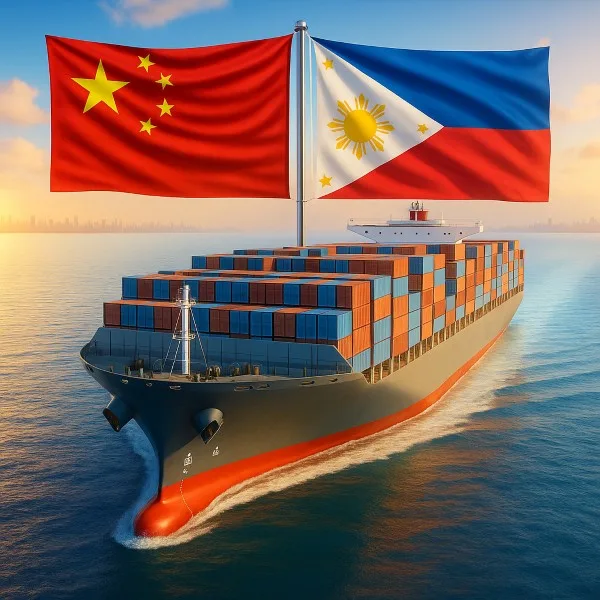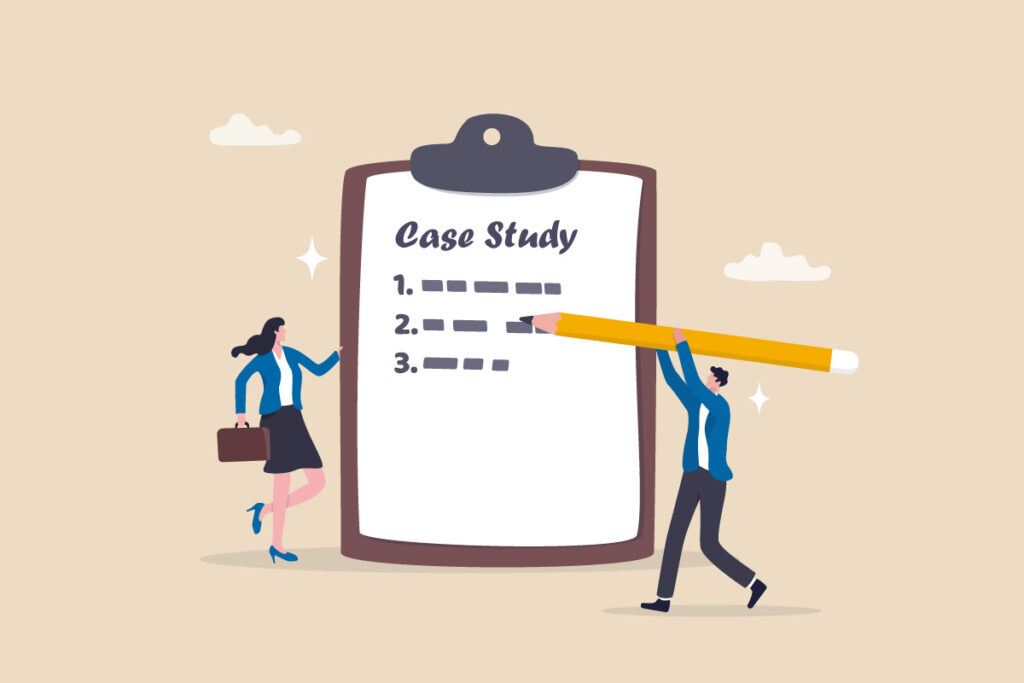- By TOP CHINA FREIGHT
- September 8, 2025
- Shipping
Table of Contents
Shipping from China to Philippines is a crucial component for businesses relying on timely imports. Whether you are importing electronics, garments, or bulk commodities, understanding shipping from China to Philippines ensures cost optimization, timely delivery, and smooth customs clearance. Freight forwarders play a key role in navigating complex shipping procedures, selecting the right shipping methods, and minimizing delays.

What Are the Main Shipping Methods from China to Philippines?
Businesses typically choose between sea freight and air freight depending on cost, cargo volume, and urgency.
| Shipping Method | Typical Cost | Transit Time | Pros | Cons |
|---|---|---|---|---|
| Sea Freight – FCL (20ft) | $2,000–$2,500 | 15–20 days | Full container, secure, ideal for large shipments | Higher upfront cost |
| Sea Freight – FCL (40ft) | $3,500–$4,200 | 15–20 days | Lower per-unit cost, accommodates large cargo | Requires larger shipment |
| Sea Freight – LCL | $120–$150 per m³ | 18–25 days | Cost-efficient for small shipments, pay only for space used | Longer consolidation and deconsolidation time |
| Air Freight | $5–8 per kg | 3–7 days | Fast delivery, reliable schedule | Expensive for bulky shipments |
How Much Does Sea Freight from China to Philippines Cost?
Sea freight costs vary based on cargo type, container size, and destination port. Important factors include:
1.Container Type:
20ft vs 40ft FCL or LCL pricing.
2.Cargo Volume:
Charges are calculated by weight or volume, whichever is higher.
3.Destination Port Fees:
Manila, Cebu, and Davao may have differing handling charges.
4.Additional Services:
Customs clearance, inland trucking, and insurance affect total costs.
| Container Type | Base Cost (USD) | Notes |
|---|---|---|
| 20ft FCL | 2,000–2,500 | Suitable for small-medium shipments |
| 40ft FCL | 3,500–4,200 | Economical for large shipments |
| LCL | 120–150 per m³ | Consolidated cargo, space sharing |
| Port Handling | 100–300 | Depends on port and season |
| Documentation | 50–100 | Bill of lading, customs papers |
| Insurance | 0.3–0.5% cargo value | Recommended for high-value goods |
Planning shipments during off-peak seasons can significantly reduce costs. Freight forwarders often provide volume discounts and guidance on container consolidation.
How to Optimize Transit Times
Transit time is affected by shipping route, cargo volume, and port operations.
| Port | Typical Transit Time | Notes |
|---|---|---|
| Manila | 15–20 days | Major hub, frequent sailings |
| Cebu | 18–22 days | Slightly slower but cost-effective |
| Davao | 20–25 days | Southern Philippines, less frequent sailings |
Using a reliable freight forwarder ensures efficient scheduling, avoiding port congestion, and timely inland transportation. Multimodal transport (sea + road) may further improve delivery schedules.
How to Prepare Customs Documentation

Proper documentation reduces delays and avoids fines:
1.Commercial Invoice:
Details of the goods, value, and HS codes.
2.Packing List:
Itemized list with weights and dimensions.
3.Bill of Lading:
Proof of cargo shipment.
4.Certificate of Origin:
Confirms product origin for customs purposes.
5.Import Permits or Licenses:
Required for regulated goods.
Moreover, accurate HS codes and correct labeling accelerate customs clearance, preventing extra charges and storage fees.
Why Packaging Matters in Shipping
Maximize container space and minimize damage
Reduces handling time and prevents shifting
Ensures security during transit
Weight, volume, and HS codes improve customs processing
Reduce environmental impact and improve sustainability
Case Study: Electronics Shipment to Manila

A client shipped a 40ft FCL of electronics from Shenzhen:
- Transit Time: 17 days to Manila Port
- Cost: USD 4,100 including port handling and documentation
- Outcome: Pre-cleared customs and palletized cargo prevented storage charges and delays
This case illustrates the benefits of professional freight forwarding, optimized packaging, and accurate documentation.
How Seasonal Factors Affect Shipping
August–November sees higher demand and rates
Typhoons may delay shipments by 2–5 days
Processing delays up to a week
Pros and Cons of Sea Freight vs Air Freight
| Freight Type | Advantages | Disadvantages |
|---|---|---|
| Sea Freight | Cost-effective for bulk shipments, flexible container options | Slower, weather-dependent |
| Air Freight | Fast delivery, reliable for urgent shipments | Expensive, limited volume |
Choosing between sea and air depends on urgency, budget, and cargo type. Forwarders advise hybrid strategies for optimal results.
Additional Tips for Cost Reduction
1.Consolidate Shipments:
LCL consolidation reduces per-unit cost.
2.Negotiate Carrier Rates:
Long-term contracts offer discounts.
3.Track Market Trends:
Fuel surcharges and seasonal demand affect pricing.
4.Plan Inventory:
Align shipments with sales forecast to avoid storage fees.
5.Leverage Forwarder Expertise:
They optimize routes, paperwork, and handling.
Conclusion
Shipping from China to Philippines requires careful planning of container type, packaging, documentation, and route selection. Using a freight forwarder ensures reduced costs, timely delivery, and compliance with import regulations. Properly consolidated shipments, accurate documentation, and professional advice guarantee smooth operations and supply chain efficiency.
Need a Shipping Quote?
If you want expert guidance and peace of mind, our team is ready to assist.
TJ China Freight offers tailored solutions to help businesses of all sizes ship more reliably from China.

FAQs
Q1:How can I track my shipment from China to the Philippines?
Use your freight forwarder’s tracking system with your Bill of Lading or airway bill number for real-time updates on your shipment from China to the Philippines.
Q2:Are there any prohibited items for shipping from China to the Philippines?
Yes, items like hazardous chemicals, firearms, and counterfeit goods are restricted. Always check Philippines customs regulations before shipping from China.
Q3:Can I consolidate multiple shipments to reduce shipping costs from China?
Yes, using consolidation services allows multiple small shipments to combine into one container, reducing the overall shipping cost from China to the Philippines.
Q4:How do customs duties affect shipping from China to the Philippines?
Customs duties are calculated based on the HS code and declared value. Proper documentation ensures faster clearance and avoids additional fees.
Q5:Is insurance necessary for shipments from China to the Philippines?
Yes, cargo insurance protects against loss, theft, or damage during transit, ensuring safe delivery for goods shipped from China to the Philippines.
